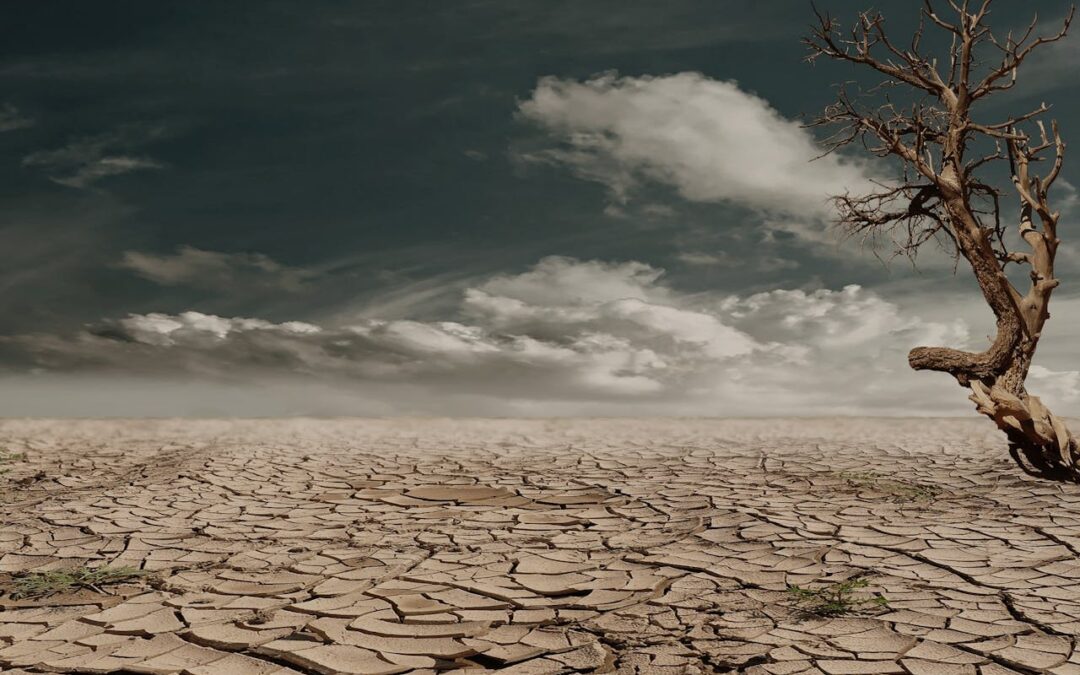Climate justice aims to ensure that the most marginalized communities are not left behind in the transition to a low-carbon economy, and that they benefit from the transition. It also aims to ensure that all people have a say in the decisions that affect their lives, and that their rights and interests are protected. A low-carbon economy is an important part of climate justice.It is achieved through a combination of policy measures, technological innovations, and changes in consumer behavior.
Investing in renewable energy sources such as solar, wind, and hydro power to reduce dependence on fossil fuels.
Encouraging energy efficiency and conservation to reduce energy consumption.
Implementing carbon pricing mechanisms, such as carbon taxes or cap-and-trade systems, to put a price on carbon emissions and create incentives for companies and individuals to reduce their carbon footprint.
Promoting sustainable transportation, such as electric vehicles and public transportation, to reduce emissions from transportation. Encouraging sustainable land use practices, such as reforestation and soil conservation, to sequester carbon and reduce emissions from land use changes.
The transition to a low-carbon economy is seen as crucial to mitigate the effects of climate change and it is an important step towards a sustainable future. It may also bring economic opportunities and improve energy security.
Protection of vulnerable communities
Climate justice recognizes that marginalized communities and people are often disproportionately affected by climate change, and it aims to protect these communities from the negative impacts of climate change.
Promotion of sustainable development
Climate justice promotes sustainable development by ensuring that the needs of the present are met without compromising the ability of future generations to meet their own needs.
Promotion of environmental justice
Climate justice promotes environmental justice by ensuring that the fair distribution of environmental benefits and burdens, and the protection of vulnerable communities from environmental harm.
Promotion of human rights
Climate justice promotes human rights by protecting the rights of marginalized communities, including the right to life, health, and a healthy environment.
Encourage participation and inclusive decision-making: Climate justice allows all people, especially marginalized communities, to have a say in the decisions that affect their lives, and their rights and interests are protected.
Economic opportunities
Transitioning to a low-carbon economy can create economic opportunities, such as jobs in the renewable energy sector, and improve energy security.
Promote global cooperation
Climate justice promotes global cooperation by ensuring that all countries and all people share in the responsibility of addressing climate change and its impacts.
Climate justice has several advantages.one of these is fair distribution of the costs and benefits of climate change mitigation and adaptation: Climate justice ensures that the most marginalized communities are not left behind in the transition to a low-carbon economy, and that they benefit from the transition.
